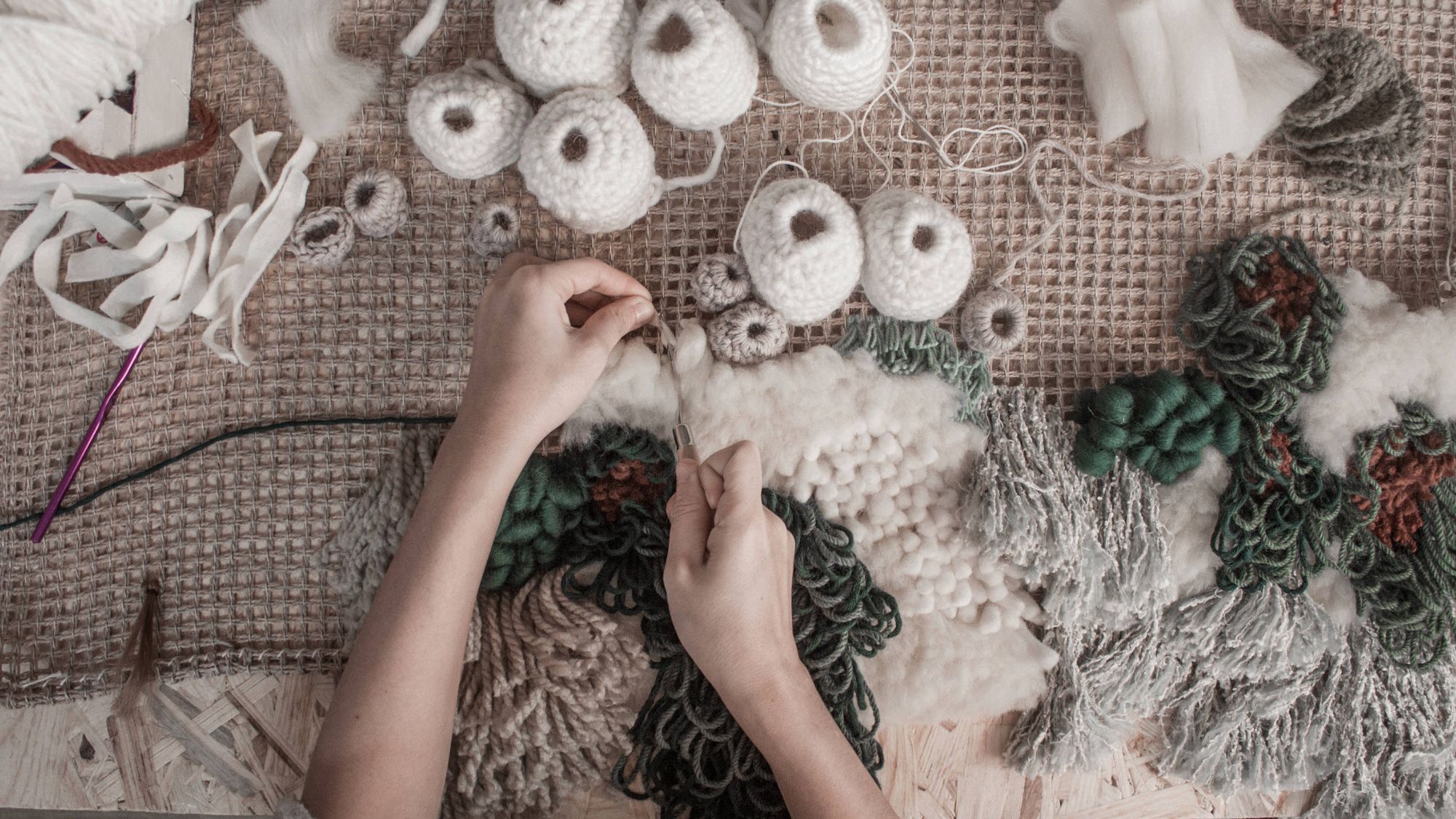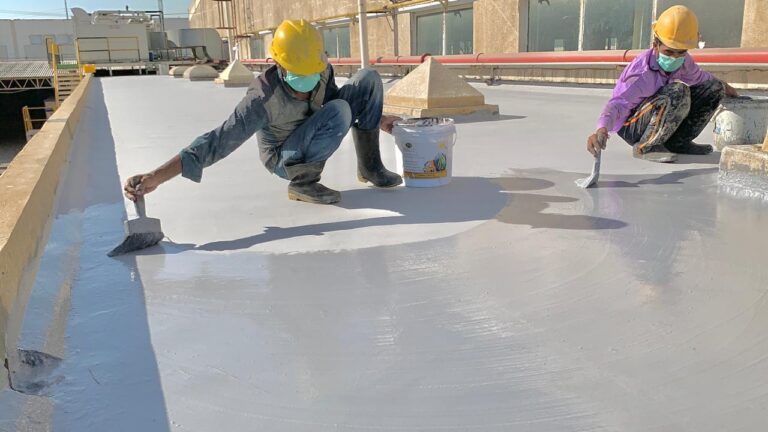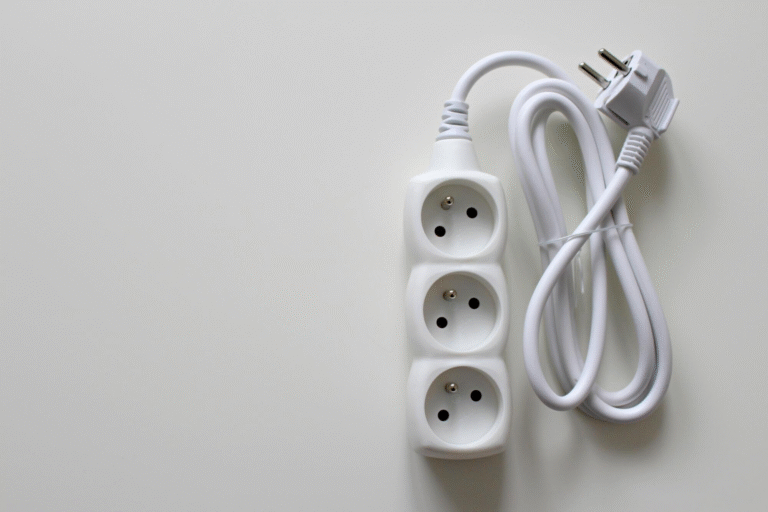What Are the Core Techniques Used in Textile Art?
Describe Textile Art:
A form of art known as textile art uses textiles as its medium. Fibre art, knitwear, woven fabric, & embroidery are all included in the concept of textile art as a whole. The portrayal of pictures and people in abstract forms and motifs are all conceivable textile art topic matters. You would need some good suppliers of textiles like T & A home textile companies, if you plan to buy them some fantastic textiles.
Materials including cloth, yarn, fibre, string, and wire fabric are utilised in arts of textile. A material is regarded as freeform if it cannot be attached to another item that can move or deform. Cotton happens to be one of the many prevalent plant-based fibres used in the creation of textile art. It is turned into yarn or thread and used to make clothes. Animal hair from sheep or goats, is typically used to make fibres like wool.
The protein fibre known as silk is created by silkworms and develops on spindles inside of their stomachs. In addition to its biodegradable qualities, recycled fibres like hemp are also growing in popularity in today’s culture. Cotton, silk, or wool are just a few of the materials that may be used to make textile art. With the advent of artificial textiles, textile designers are now more inventive than ever.
The Application of Textiles:
The application of textiles in the textile arts may be seen as a way to create, comprehend, and communicate cultural norms. From the beginning of human history, textile artists across the globe have produced a vast range of works of art. Since it has been practised for 10,000 years, textile art has been used to make a wide range of objects, including clothes, religious artefacts, weaponry, and more.
The history of art of textile can be traced back to ancient cultures. In the past, dyeing, weaving, and stitching were the key components of textile design. It had been in a way, an expansion of material culture that already existed. However, as mass manufacturing methods and industrial technologies developed, textile industry business grew increasingly complex and abstract.
Simple And Fundamental Methods:
There are quite a few fundamental strategies for making textile patterns that you ought to be aware of, including Block printing, screen printing, embroidery, dyeing, & fabric painting.
Techniques for Drawing:
One of the most fundamental methods for creating textile designs is drawing. Drawing is excellent for outlining your concepts before committing them to fabric and is used in conjunction with different methods. With the aid of drawing, you may first sketch out your concept and final product on paper, after which you’re able to sketch out some rough patterns that you wish to use for your fabric. You may determine which pattern best complements your goods using this method. Additionally, this method saves a tonne of time and money.
Fabric Painting:
Watercolour paints, markers, & pens are just a few of the supplies you can use when creating a design on cloth. This method works well for creating more intricate graphics that resemble photos or other intricate imagery.
Block Printing:
Block printing is a technique for creating textiles in which a pattern is carved into a block of material like foam, wood, or linoleum. Then, either by hand or with a printing press, ink is put to the block and then pressure is used to transfer it to cloth or paper.
Screen-Printing:
When it comes to applying designs to cloth, screen-printing is arguably the most common method. When screen-printing, ink or paint is transferred to the fabric straight via a stencil. This technique, which is frequently employed in the mass manufacture of fabrics, enables you to generate massive transfers of designs.
Embroidery:
Using ornamental stitches on the surface of materials, embroidery provides texture, dimension, and colour. For minute details or complicated designs, hand stitching or machine stitching are also suitable options. To give a rich appearance, individuals in the old era would embroider fabric with small hand frames.

Dyeing:
In the past, individuals used natural colour dyes to produce various colour effects on fabrics, making dyeing among the earliest methods of adding colour to textiles. Fabrics are coloured via dyeing, which uses chemical dyes like acid dyes or synthetic dyes which are chemically bound to the fibres of the fabric as well as organic colours like plant extracts. According to the dye you use and how you administer it, you may acquire a huge variety of colours and hues!
Final Words:
Extile design offers a variety of tools and methods to assist you in producing lovely things. You possess a wide range of alternatives to investigate and develop your idea, ranging from digital tools and software applications to conventional materials and fabrics. It’s crucial to grasp the materials, methods, and tools accessible while discovering how to create with textiles. You may make magnificent designs with lovely materials and appreciate the art of textile design if you have the correct tools.
The world of textile art is rich and diverse, employing a myriad of core techniques that intertwine tradition and innovation. From time-honored practices like weaving, embroidery, and quilting to contemporary methods such as digital printing and fabric manipulation, textile artists weave a tapestry of creativity.
These techniques not only showcase the mastery of craftsmanship but also serve as a means of self-expression, cultural preservation, and pushing artistic boundaries. In the hands of skilled artisans, textiles cease to be mere fabrics; they transform into powerful conduits of emotion, history, and imagination, highlighting the enduring significance of textile art in the broader artistic landscape.







